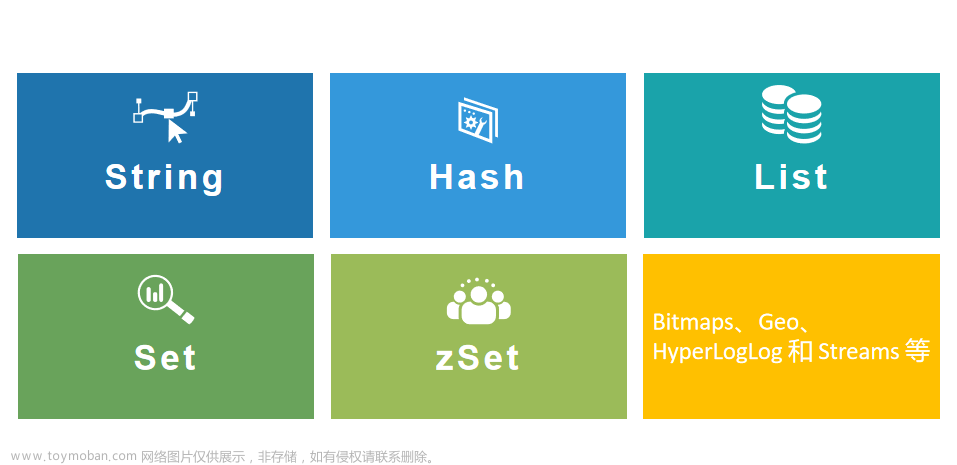1. 位图结构的实现
/**
* 位图数据类型 <br />
* 位图以字节的一位为单位进行元素的操作,但是位运算以一个字节整体为运算单位,因此代码中以 bytes[index] 进行运算。
* 位图元素的添加即找到相应的位置,将其置为1,实现时将该元素所在字节位与(1<<元素在字节所在位)求或即可;
* 位图元素的删除即找到相应的位置,将其置为0,实现时将该元素所在字节位与(1<<元素在字节所在位)取反再求与即可;
* 检查一个元素是否在位图中,实现时将该元素所在字节位与(1<<元素在字节所在位)求与后判断是否为0即可。
*
*/
public class BitMap {
private byte[] bytes;
private int capacity;
private static final int DEFAULT_CAPACITY = 32;
public BitMap() {
this(DEFAULT_CAPACITY);
}
public BitMap(int capacity) {
this.capacity = capacity;
this.bytes = new byte[(capacity >> 3) + 1];
}
/**
* ADD
*
* @param num 元素
*/
public void add(int num) {
bytes[index(num)] |= (iterateByte(num));
}
/**
* DELETE
*
* @param num 元素
*/
public void delete(int num) {
bytes[index(num)] &= (~iterateByte(num));
}
/**
* 判断是否存在
*
* @param num 元素
* @return 如果存在返回 true,否则返回 false
*/
public boolean contains(int num) {
return (bytes[index(num)] & iterateByte(num)) != 0;
}
/**
* 计算 num/8
*
* @param num 运算数
* @return 索引
*/
private int index(int num) {
return num >> 3;
}
/**
* 获取元素字节所在位字节
*
* @param num 运算数
* @return 1 左移 num%8 位 的结果
*/
private int iterateByte(int num) {
return 1 << (num & 0x07);
}
public byte[] getBytes() {
return bytes;
}
public int getCapacity() {
return capacity;
}
}
2. 利用位图排序
public void sortByBitMap() {
int[] arr = {4, 9, 2, 17, 3, 10};
BitMap bitMap = new BitMap();
for (int i : arr) {
bitMap.add(i);
}
List<Integer> result = new ArrayList<>();
byte[] bytes = bitMap.getBytes();
for (int i = 0; i <bytes.length; i++) {
for (int j = 0; j < 8; j++) {
if ((bytes[i] & (1 << j)) == (1 << j)) {
result.add((i << 3) + j);
}
}
}
System.out.println(result);
}
文章来源地址https://www.toymoban.com/news/detail-635002.html
文章来源:https://www.toymoban.com/news/detail-635002.html
到了这里,关于【数据结构和算法】位图 BitMap的文章就介绍完了。如果您还想了解更多内容,请在右上角搜索TOY模板网以前的文章或继续浏览下面的相关文章,希望大家以后多多支持TOY模板网!


![【数据结构】盘点那些经典的 [哈希面试题]【哈希切割】【位图应用】【布隆过滤器】(10)](https://imgs.yssmx.com/Uploads/2024/02/764640-1.png)







